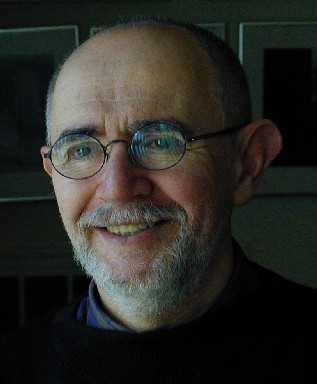
Frank B. Baird, Jr. Professor of Science
More information on our research group can be found at X-RAY Group Home Page
Click here for the full list of the Group's: publications

The
principal aim of our group is to make use of the latest developments in
synchrotron generated X-rays to study fundamental properties of condensed
matter. At the present our primary efforts are directed at understanding
the structural and statistical properties of the liquid surfaces. The
research includes studies of liquid layers that are sufficiently thin
that their properties are influenced by the surfaces. These
include the surfaces of liquid metals and alloys for which the interest
is partially motivated by theoretical predictions regarding the interactions
of the Fermi conduction electron liquid and the classical liquid of charged
ions. More recently we have become interested in the surface properties
of alloys that are relevant to the problem of developing lead free solders.
Other projects deal with the statistical and structural propertiess of
two-dimensional phases that can be formed by monolayers of large insoluble
molecules on the surface of water. Examples of which are metallic clusters,
fullerene derivatives and synthetic polypeptides. We are also actively
studying the effects of film thickness on the thermal flucutations and
and structure of thin (i.e. 10 to 1000 Angstrom) films. of fluids adsorbed
onto both liquid and solid surfaces.